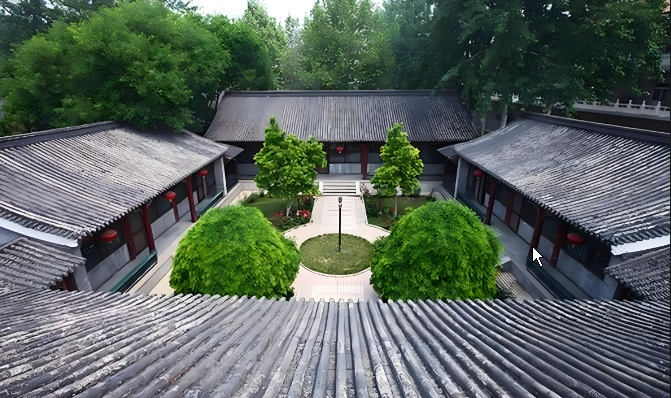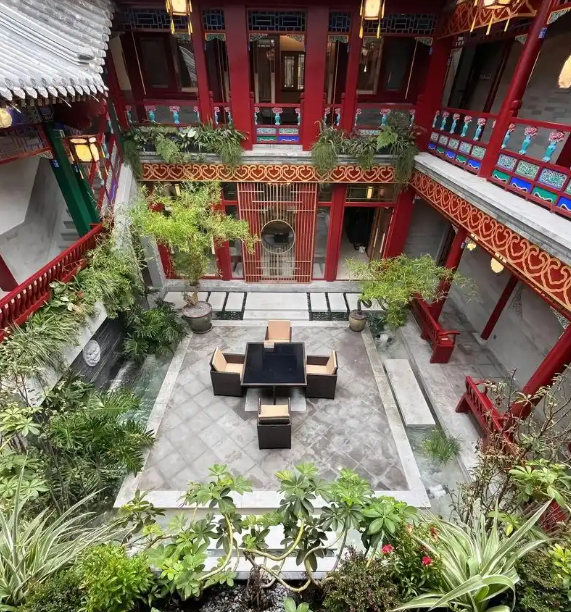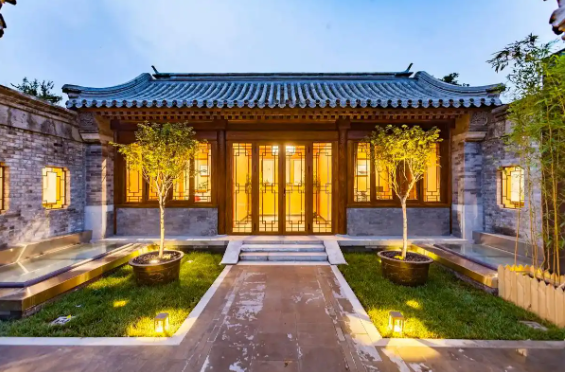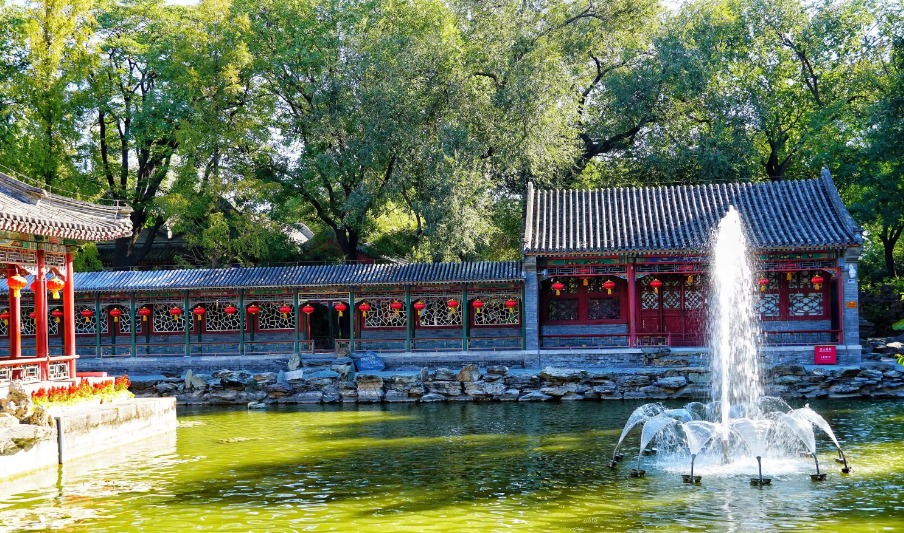Tucked between modern high-rises, Beijing’s siheyuan (四合院) – traditional courtyard homes – are portals to a vanishing world. Built around central courtyards, these symmetrical residences blend Confucian family values with ecological wisdom.
From royal mansions to artsy guesthouses, here’s how to experience their quiet poetry.
Architecture as Cosmic Harmony
Layout Philosophy:
Four wings (north, south, east, west) face inward, symbolizing the universe’s order. The north main house housed elders, embodying respect for hierarchy.
Natural Design:
Sloping roofs collect rainwater (stored in underground tanks), while courtyard trees (pomegranate = fertility; jujube = prosperity) cool homes naturally.
Survival Stories: From Imperial Decline to Hipster Revival
Ming-Qing Heyday:
Wealthy families like the Prince Gong Mansion boasted 99 rooms (only emperors could have 100) and private opera stages.
Communist Era:
Many became crowded tenements during housing shortages, losing courtyards to makeshift kitchens.
21st-Century Reinvention:
Designers transformed hutongs like Wudaoying into boutique hotels (e.g., The Orchid) and craft coffee shops, preserving beams while adding rainfall showers.
How to Engage with Courtyard Culture
1.Stay Overnight:
-
- Courtyard 7: A restored 1864 scholar’s home with heated kang beds and calligraphy classes.
- Temple Lodgings: Sleep in a revamped Buddhist temple courtyard at Zhongtian Temple Hotel.
2.Hands-On Learning:
-
- Hutong Workshops: Make mooncakes in a 1920s courtyard or practice kung fu under a persimmon tree.
3.Royal Grandeur:
Tour the Prince Gong’s Mansion to see rockeries mimicking sacred mountains and a 9-dragon screen rivaling the Forbidden City’s.
Why They Matter Today
These homes embody sustainable living principles:
- Passive Cooling: 3-meter eaves shade summer sun but allow winter light.
- Community Focus: Shared wells and alleys fostered neighborly bonds.
















No comments yet